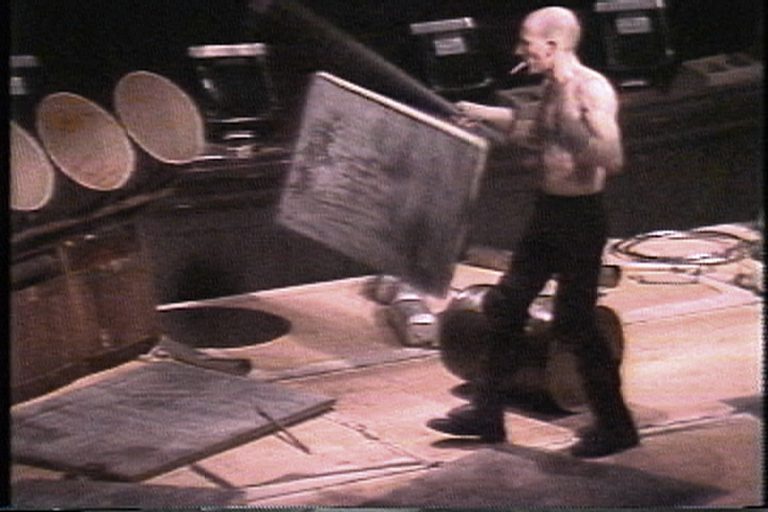VIDEO
stills from IT’S A WINDOW, NOT A DOOR, 2021
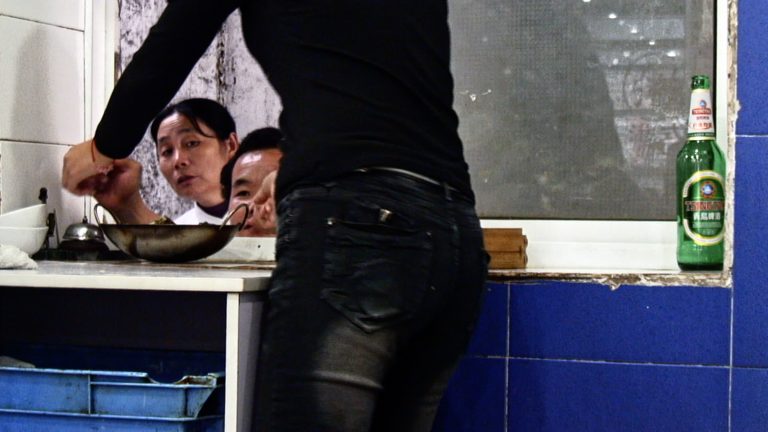
Cooking at home during the pandemic, Zweig remembers a small restaurant in Shanghai.
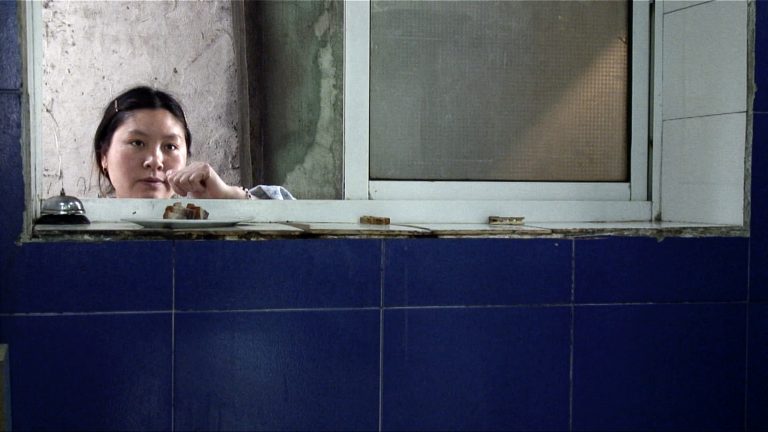
ALL THOSE GARDENS Series
stills from FAMILY MATTERS, 2019
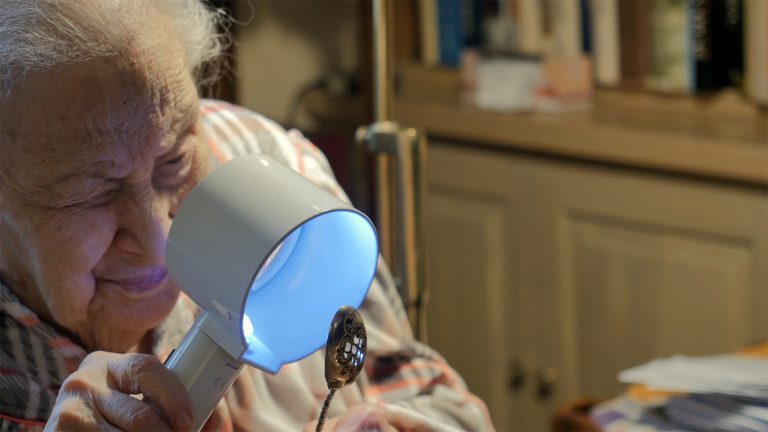
What defines a collection? How does this family’s collections define their relationships? In this video, Zweig’s Mother (who was 106 at the time), her sister and she share collections: her Mother’s silver spoons and her list of things she never wanted to do; her sister’s chicken wishbones and the small stuffed animals they collected as children.
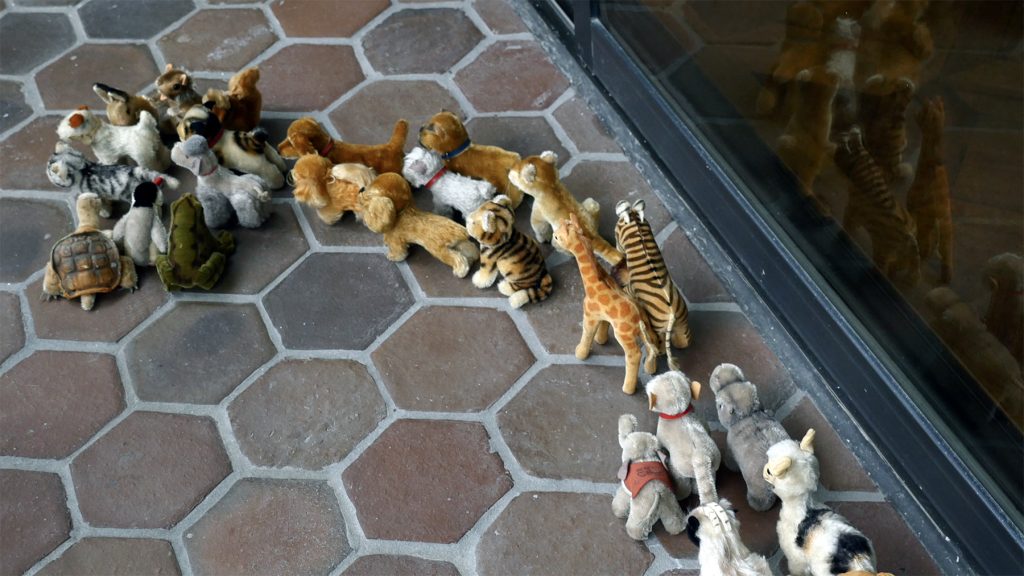
stills from ENTRANCE TICKETS, 2019
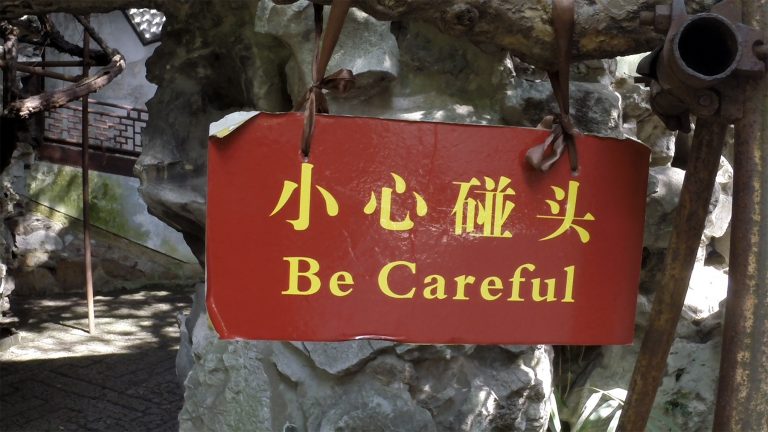
Zweig saved every entrance ticket from every place she visited in China between 2000 and 2018. In this video, she shares her collection, memories, and video footage from 11 trips to China.
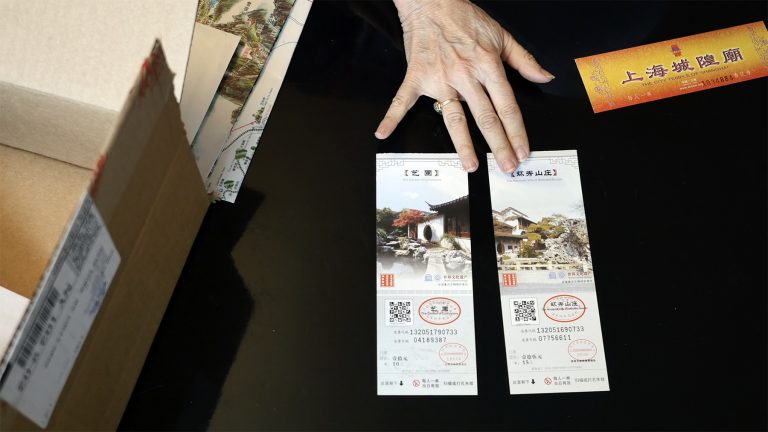
FOX Series
stills from DIRECTIONAL PROTECTION, 2018

This piece is about foxes in Chinese and Japanese culture and lore. In China, Zweig gathered two references to foxes, one in the Yi Jing, one in the Shi Jing. A friend then told her a story about a fox possession in his village. In Japan, foxes have a different status. They are the messengers of Inari, an important Shinto diety. Fox statues are everywhere, guarding shrines and places of business.
stills from FOREST FOXES FOG, 2018

In this video, stories about foxes are embedded in stories about forests and fog: One evening, a fox lures a scholar to an elegant house, but when he wakes he’s lying in a ruin; A woman gets lost in the woods, circling around a deer antler on the ground; A fox studies to become immortal and advises a human to do the same; A man remembers his childhood in London, the fog so thick you couldn’t see your hand in front of your face; An organization in Tunbridge Wells called The Fox Project rescues injured foxes, heals them, and returns them to the wild. These stories form a montage of fox magic in daily lives.
stills from ABSTRACT INDIA, 2016

The colors of India, the words of Marguerite Duras, a conversation about writing and film – all this floats by in a reflection on looking at another culture from the outside. With Elka Krajewska and sound design by Roland Kniese.
stills from HEART BEAT EAR DRUM, 2015
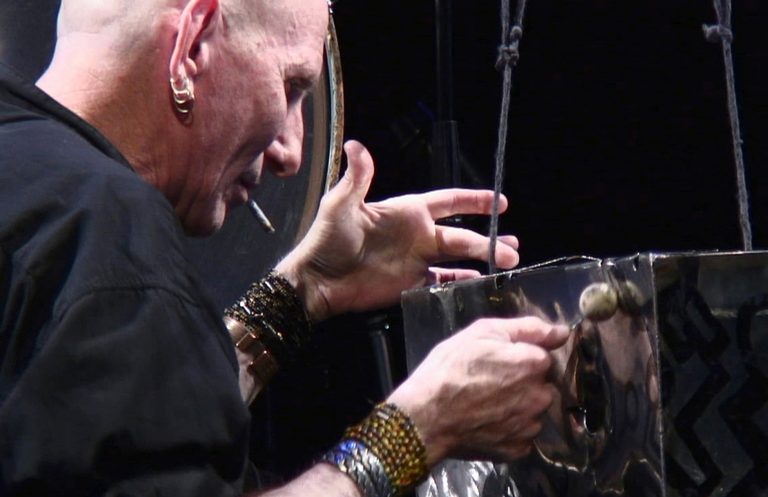
A portrait of artist and musician Z’EV, known for his punk era scrap metal music – how his music changed and grew and how his personal journey led him to the margins of art and the depths of heart. This documentary, divided in chapters, is organized with both narrative and digressive structures, using archival concert footage and interviews to establish Z’EV’s place in the world of art and music as an explorer of immersion and resonance.
ANOTHER STORY OF THE WIND
stills from ALL THAT IS NEEDED IS AN EAST WIND, 2014
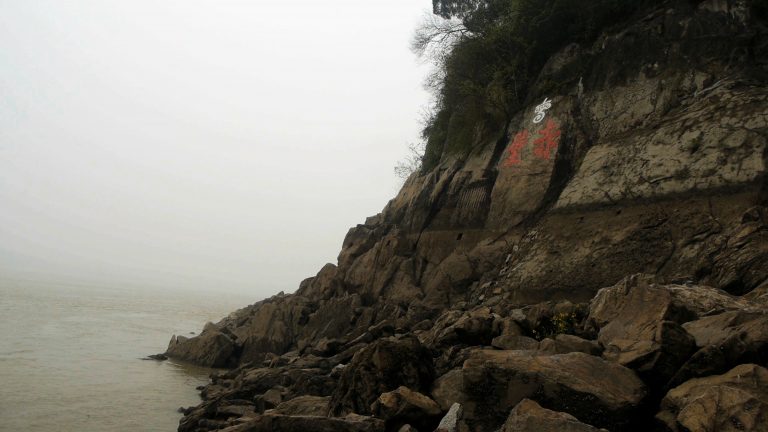
The story of Zhuge Liang and the east wind from the novel, The Romance of the Three Kingdoms, is one that every Chinese person knows. Zweig visited the site of the Battle of Red Cliff to invite tourists to perform as Zhuge Liang and asked them: what did Zhuge Liang do to change the direction of the wind? She also interviewed a local old man, a fortuneteller, a tour guide and an actor who performs as Zhuge Liang.
stills from WAITING FOR THE WIND, 2012
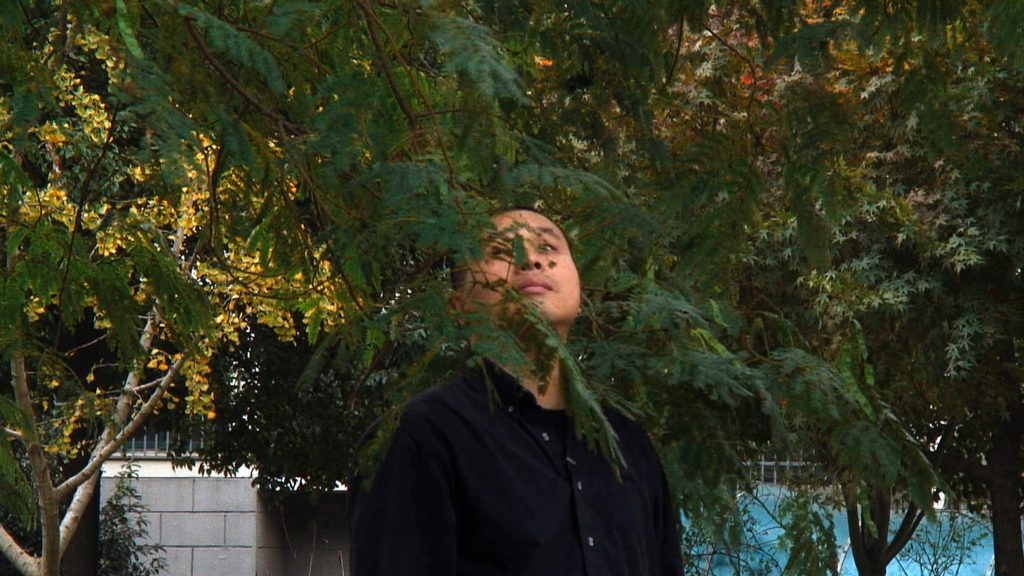
In the Gobi Desert, Zweig, imitating Joris Ivens, sits on the sand, waiting for the wind. Li Mu experiences the wind as it moves through his favorite tree. A Chinese nursery rhyme calls up the wind to make a baby comfortable and cool.
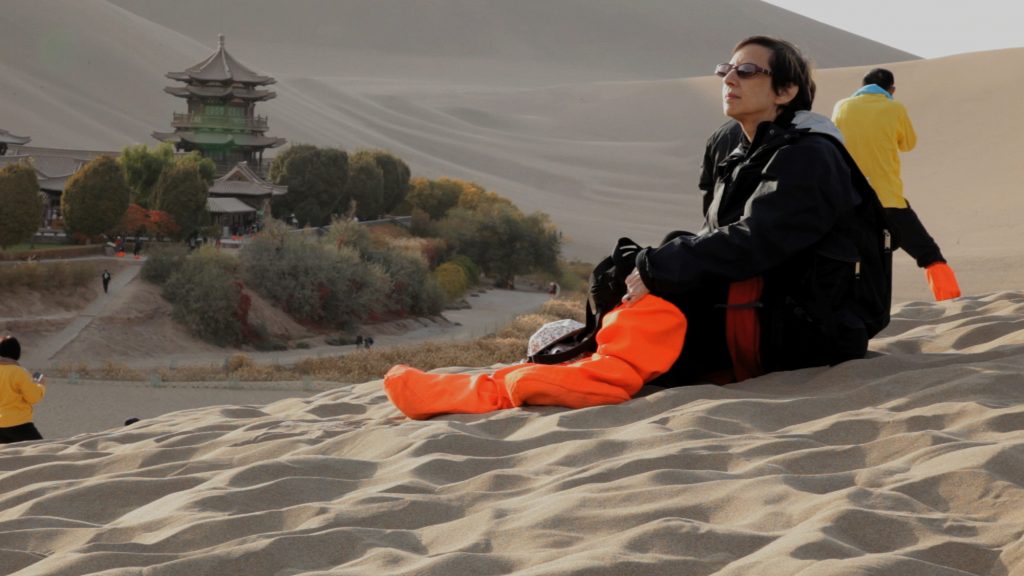
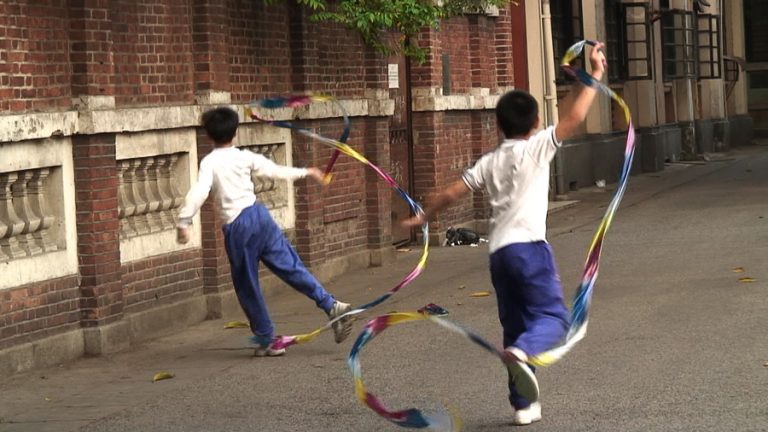
Zweig invited a number of people in Shanghai to choose a word or phrase from a list of words that contain the Chinese character 风. (feng means wind, but it also means local customs). Each person stood beside a large fan that blew a very strong wind and was given an object that was difficult to handle in a windy situation; each person spoke about the word they chose while dealing with this object.

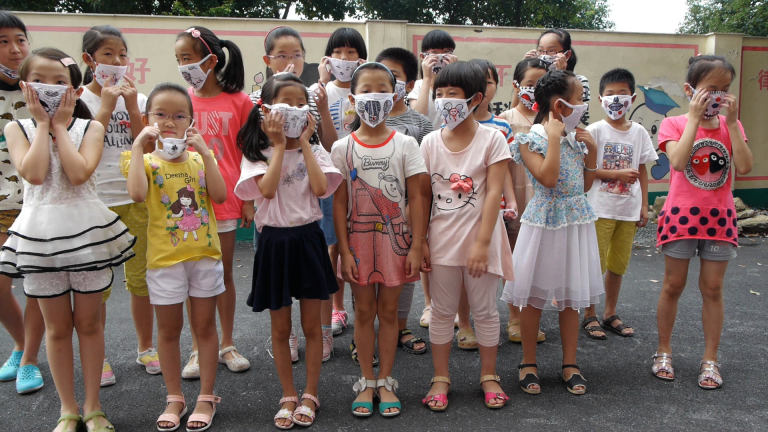
The air in China is bad today, but that’s not the only way that people have trouble breathing. Xu Tan describes how his asthma effected his childhood during the Cultural Revolution; kids in Hangzhou draw on face masks, imagining good air and wind; a passage from Zhuangzi describes how nature breathes; and an artist in Beijing rides his “breathing bike” around the city.
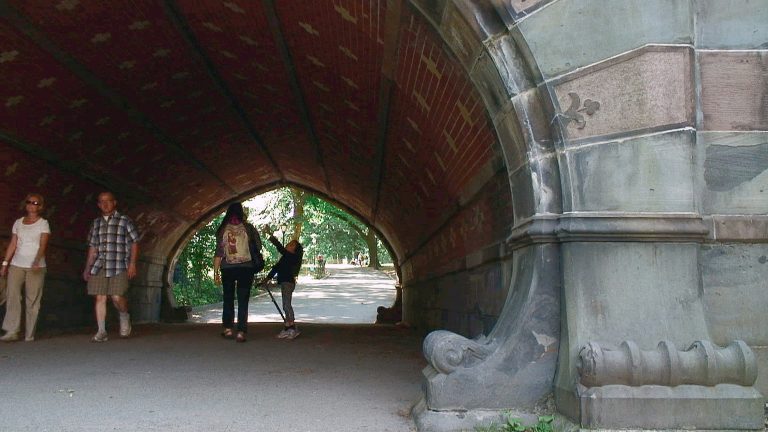
ECHO takes place in New York’s Central Park. People pass through tunnels and one little girl discovers that the tunnels have an echo. She shouts and claps her hands. Z’EV’s music is heard throughout, but sometimes we see him enclosed in a small circle, a mysterious presence, playing his home-made instruments, exploring the resonance of metal and plastic.

Zweig was living in Shanghai on October 3, 2009, the 60th anniversary of the People’s Republic of China, so she recorded herself watching the festivities on TV. Over the broadcast, Zweig recounts stories of her life in Shanghai, while women walk around the courtyard of the Ancient Observatory in Beijing, and anthropologist, Angela Zito, comments on their walk.
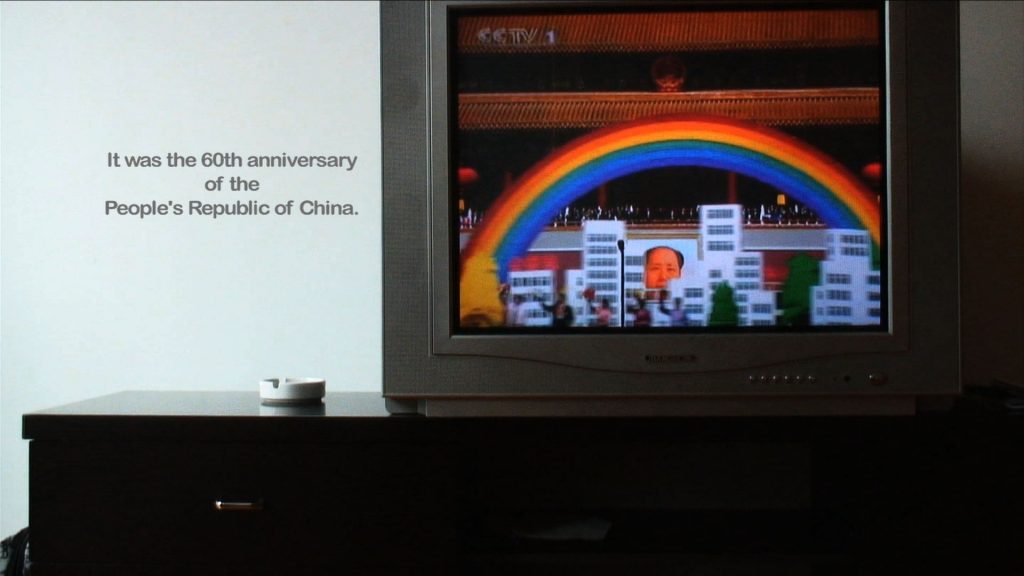

precarious is a meditation on moments when life teeters on a cliff, when memories of the unstable world enter the safe suburban kitchen. A series of interviews with Zweig’s father, acrobats at the circus, a car on fire in the parking lot outside the artist’s apartment; nothing is ever safe enough from the possibility of falling.

HEAP
This series is a collection of experimental portraits of Westerners who have studied, invented, misunderstood and loved China.
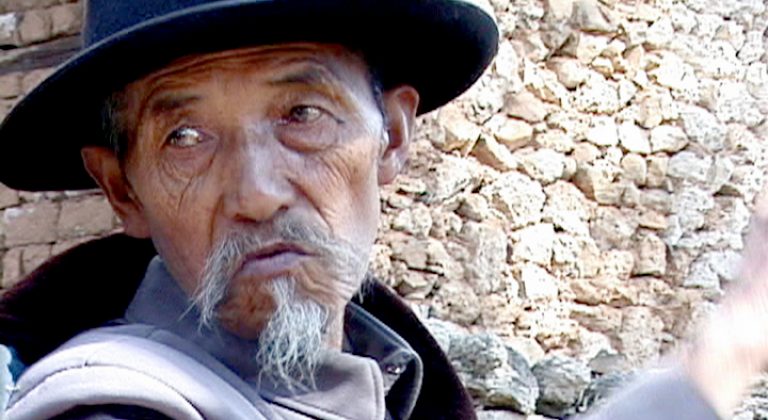
In order to mourn her father’s passing, Zweig goes to Southwest China to follow the trail of Joseph Rock, a botanist and an expert on Naxi shamanic writing. Grahame Weinbren recites a Naxi book of the dead, Zweig interviews an old man who knew Joseph Rock, Z’EV plays a drum, and everywhere she looks, Zweig sees her father’s hat.
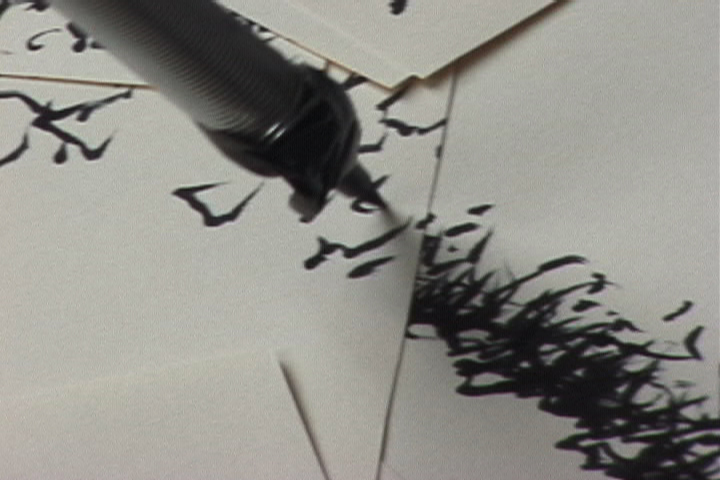
In parks in China, people practice Tai Chi, English and Chinese. Each in their language space is trying to see into the others’ spaces. Someone is embroidering the Chinese word “wen,” which means language or culture. Machines make marks that look like language. A poet and a sinologist talk about Ernest Fenollosa, whose essay, “The Chinese Written Character as a Medium for Poetry” has been an inspiration to poets and an embarrassment to sinologists.
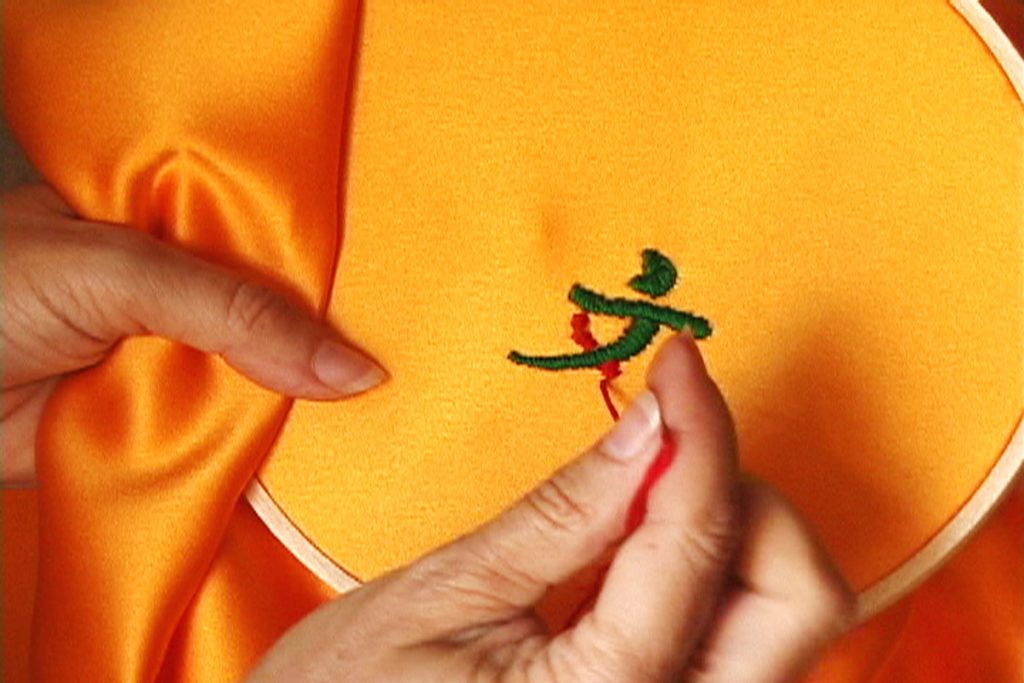
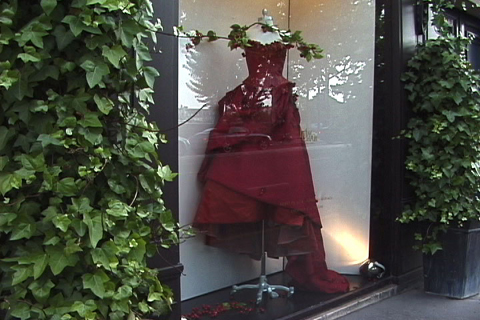
An interview with filmmaker, Leslie Thornton, while she is hooked up to a lie detector; a dance in a red dress; landscapes in places as various as China, France, California. There are so many images of landscape. Why would anyone travel when we can travel in our imaginations?
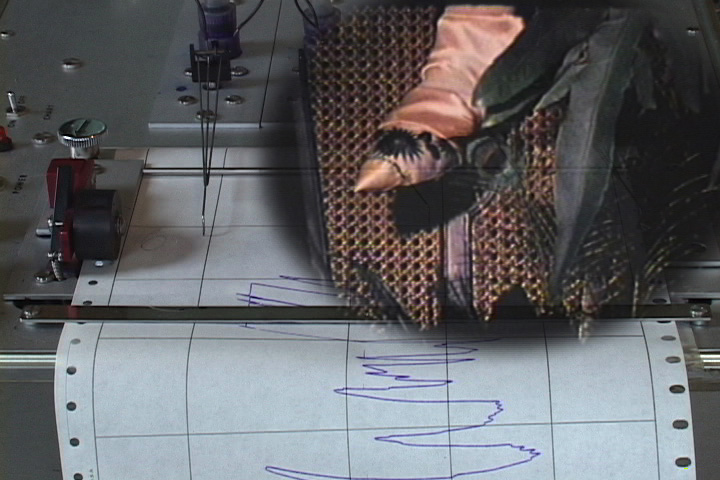
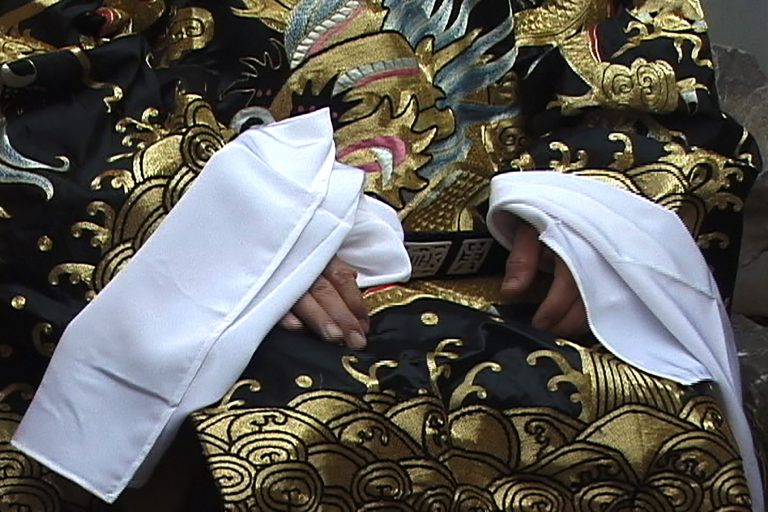
Referring to the Dutch diplomat van Gulik’s many interests, this video is a mystery story with no resolution – included are the ancient Chinese musical instrument, guqin; the wonderful ape called gibbon; the Judge Dee mysteries intermingled with a Caucasian man who is transformed into the Chinese opera character Judge Bao. Meanwhile, there’s something hidden under the tarp on that boat – is it a body?
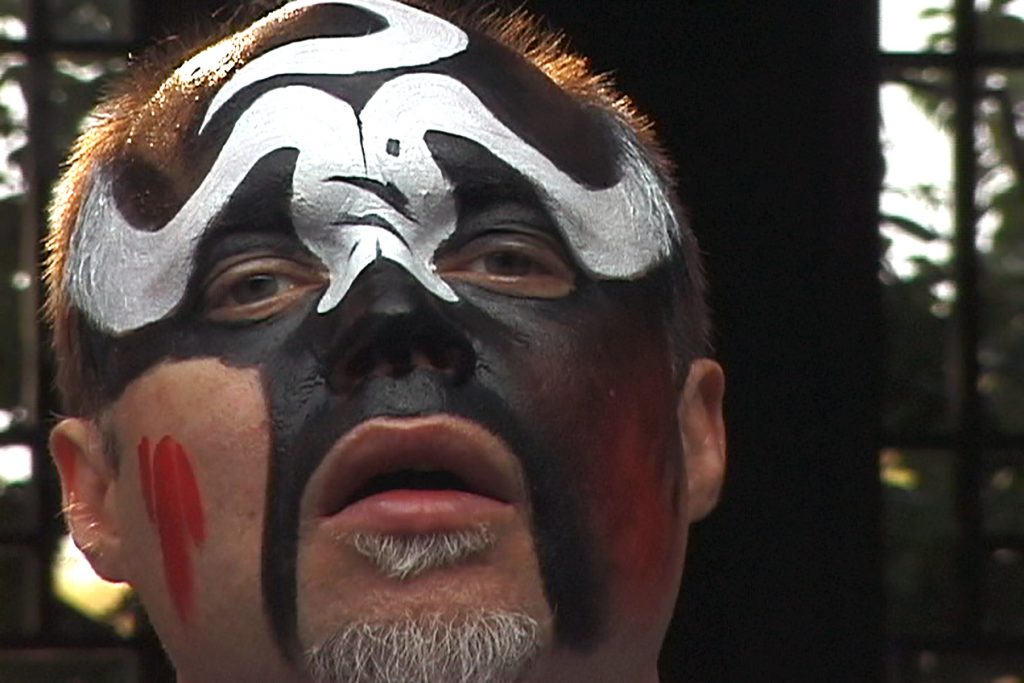

Leibnitz is said to have invented binary arithmetic because of a misunderstanding of the Yi Jing. He is the philosopher of surfaces and of the penetration of matter, which he divided into “monads” or atoms, each object equivalent to each other object in a world of interconnected depths. The viewer follows a trail of associations, encountering Leibnitz through a Deleuzian language of fissures and folds.

